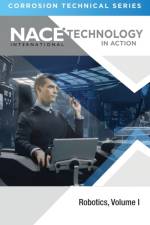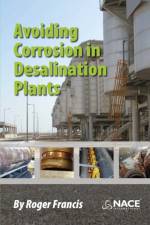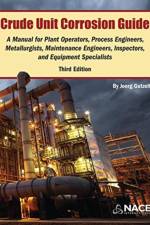av Y Frank Cheng
1 769
The book begins with a review of coating fundamentals, including the evolution of coating technology and the principles for coating formulation. Guidelines for coating design, selection, and application are presented. The structure of a coating system and the high-performance coating's essential properties and characteristics are covered in detail. Some standard testing methods for determining and evaluating coating properties are included.Coatings used in the oil/gas pipeline industry are then covered. Generally, pipeline coatings are divided into two categories (plant-applied and field-applied coatings). The authors describe primary coatings in both categories such as coal tar, asphalt, PE, liquid epoxy, FBE, and high-performance composite coating (HPCC), as well as field-applied liquid coatings (i.e., tape coatings, shrink sleeve, wax, mastics and many others) in terms of their structures, properties, products, and applications.Coating failures encountered on pipelines in the field are reviewed, including an analysis of its effect on pipeline integrity. Both permeable coatings and impermeable coatings receive particular attention, and their interactions with CP are discussed. The shielding effect of coating failures under a variety of scenarios is included to provide an understanding of this industry-important problem. The tests and results described in this chapter come from the authors' research activities. This first-hand information provides recommendations to the industry for avoiding incompatibility between pipeline coating candidates and CP.Stress corrosion cracking (SCC) has been a primary mechanism resulting in pipeline failure. It has been acknowledged that SCC occurrence is subject to coating failures. The authors focus on mechanistic aspects of the essential role of coating failures in pipeline SCC, including its initiation and propagation. Both near-neutral pH and high-pH SCC on pipelines are introduced, and correlations between the type and properties of coatings and their failure mechanisms are established. Discussions detail the development of solution chemistry and electrochemistry under disbonded coating to support SCC. Techniques for characterizing coating properties and testing coating performance in the field and research laboratory are also covered. The discussion provides insights essential to a complete testing and evaluation program for pipeline coating candidates, and for predicting long-term coating performance. Depending on an individual technique's capability and actual coating property needs, one can choose a testing method from convenient, simple inspection tools to complex, research-oriented equipment.Various coating application techniques are introduced and discussed, covering many important issues required for understanding what is necessary when a coating is applied to metal substrate, including pipelines. The content is based on realistic experiences.Finally, industrial experience with inspection and management of pipeline coatings is included. Inspections have been integral to the PIM (pipeline integrity management) program and ensure the integrity and safety of pipeline systems.












